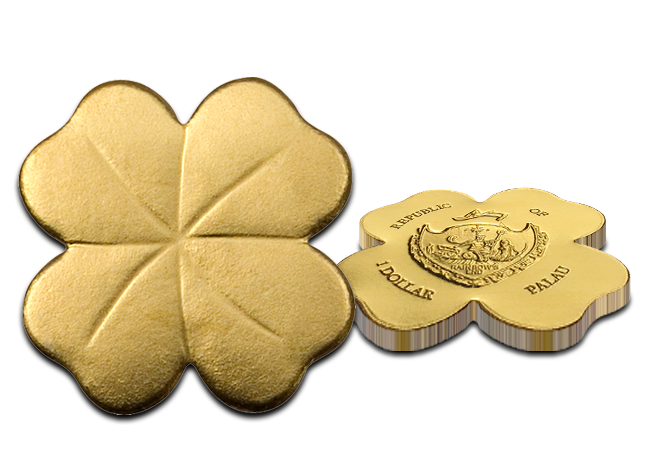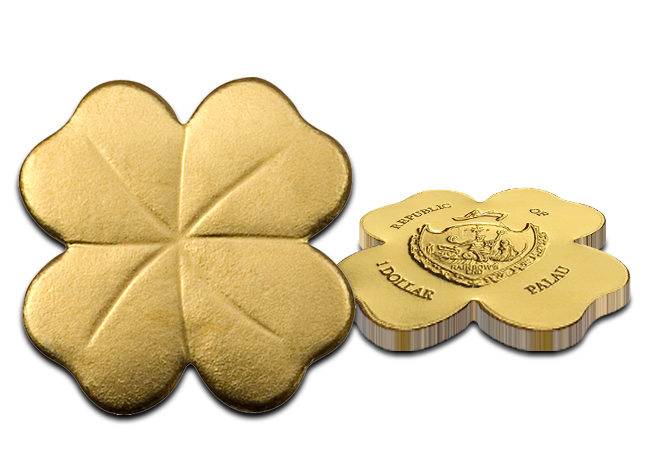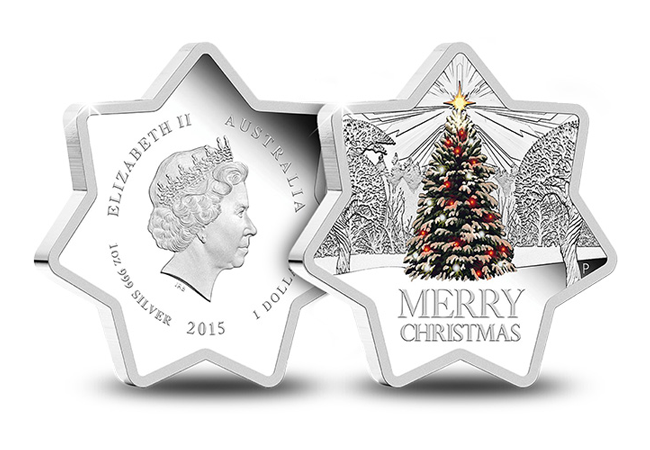Information
Discover the world’s 10 most oddly shaped coins…
One of the most fascinating things about coin collecting is of course the design on the coin – but what about the shape of the coin itself? As minting technology continues to advance, coins are being struck in all kinds of exciting and innovative shapes.
I’ve compiled a selection of coins which I consider to be 10 of the most collectable unusually shaped coins around…
1. The FIRST rugby coin of its kind…
To mark the Rugby World Cup last year, France issued the first ever coin shaped like a rugby ball.
The concave coins proved to be extremely popular with collectors worldwide, with many keen to add a coin with such a unique pedigree to their collections.
2. A coin shaped like a country…

The Perth Mint regularly issue map-shaped coins, taking advantage of their country’s unique and recognisable outline.
This series makes use of purpose-built tooling and die design to give the coin its distinctive shape.
The first coin in the series featured the Kookaburra, issued in 2012, since then there have been a variety of different animals to feature on the coin, with the most recent being the Redback Spider.
3. The ‘Imperial Egg’…
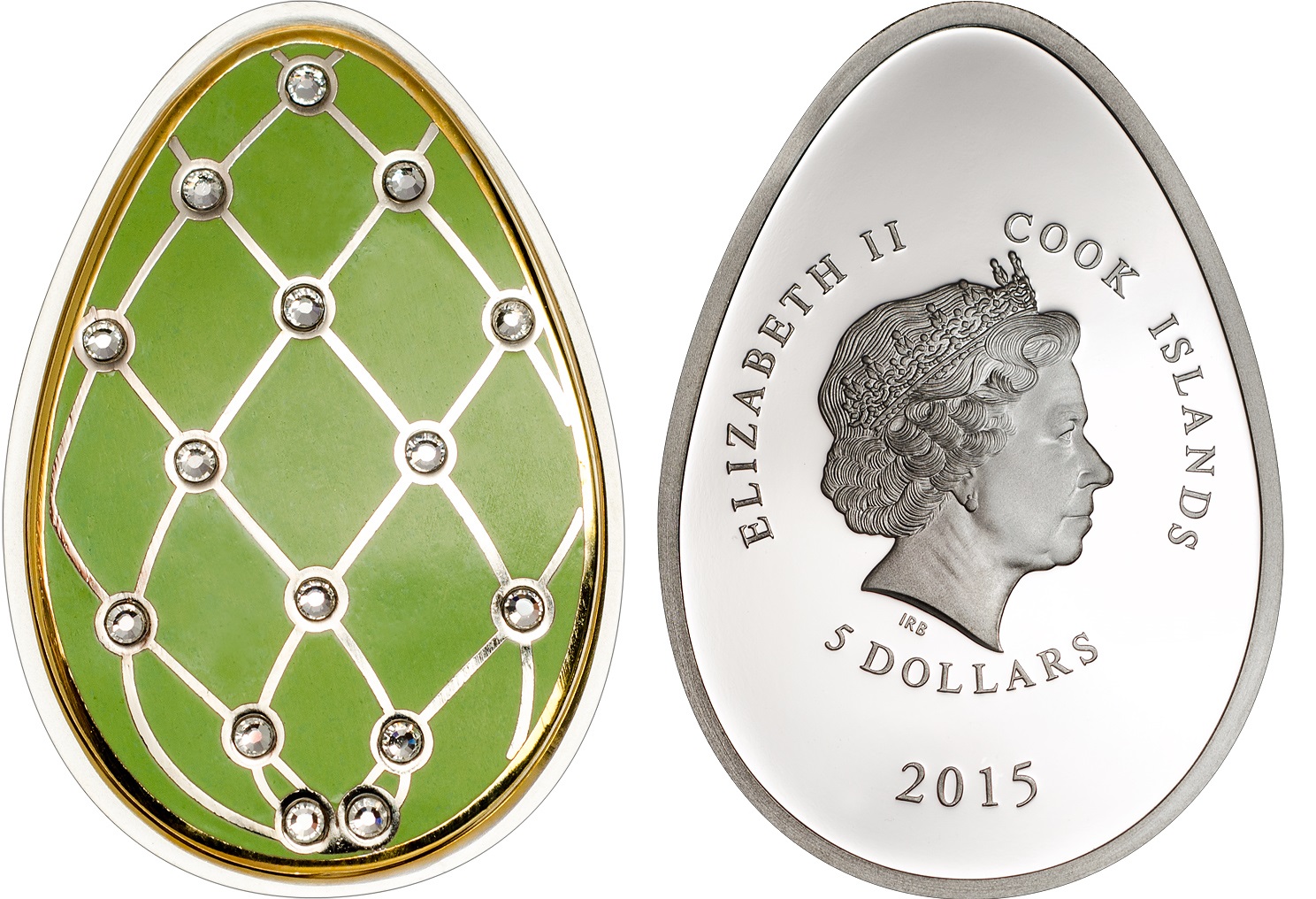 This impressive looking coin boasts beautiful enamelled colour and a shimmering gemstone inlay.
This impressive looking coin boasts beautiful enamelled colour and a shimmering gemstone inlay.
The ‘Imperial Egg’ Coin is based on the work of Fabergé and proved to be very popular with collectors last year, especially during the Easter period.
4. You’ll be lucky to find one of these…
You certainly won’t find this Four-Leaf Clover Coin in a field, no matter how hard you look! Legend has it that Eve took a four-leaf-clover from paradise as a memento for the wonderful time she had spent there – they’ve been considered lucky ever since.
Struck in gold to a proof finish, this cleverly produced coin could certainly be regarded as lucky by collectors who have one in their collection – as it is now highly sought-after.
5. The Earth-shattering coin… 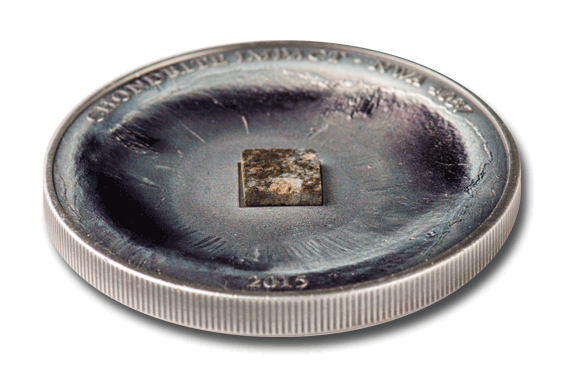
The extra-terrestrial chondrite that has been set into the centre of this coin was sourced from a meteorite that crash-landed in Morocco in 2005. The space rock shattered into several pieces when it entered the Earth’s atmosphere.
The coin itself has been struck in a concave shape to represent the crater in which the piece of meteorite landed.
6. Is it a coin or is it a bar? It’s both…
This rectangular silver coin-bar features one of the world’s most iconic landmarks – London’s Tower Bridge.
It’s not often that you see coins minted in this shape – the ‘bar’ format is usually reserved for bullion.
This stunning coin boasts intricately detailed engraving and tiny detail can be seen on the Tower Bridge to create windows, clock and brickwork.
7. The poppy-shaped remembrance coin…

This coin’s unique shape and rich red printing on the reverse takes inspiration from the poppy, which has become synonymous throughout the world as a symbol of remembrance and the charitable work of The Royal British Legion.
Issued to commemorate the end of the First World War and to Remember the Fallen, the Poppy Coin is a significant issue that is poignant to many.
8. The coin that sold out in two days…
This remarkable coin is shaped like the iconic Canadian maple leaf, and proved so popular that it sold out at the Royal Canadian Mint in just 2 days.
Canadian Maple Leaf coins are some of the world’s most recognised Silver coins. This issue takes the design to a whole new level, complete with a special wooden display case. A stunning display that would certainly stand out on any mantlepiece!
9. The coin that combines heaven and earth…
Issued in China since 221 BCE, the Chinese Lucky Cash Coin features a square hole at its centre to represent Earth, while the circle symbolises heaven. This combination of heaven and earth make the coin a symbol of harmony and prosperity.
Chinese fortune-tellers would use cash coins, a tortoise shell, and their skill at numerology to tell the future. Because of their association with mystical prediction, these coins from China are thought to bring good luck.
10. And last but not least…
 The playful Russian ‘Matryoshka Dolls’ first appeared in the late 19th century, now they’ve been immortalised on a silver coin.
The playful Russian ‘Matryoshka Dolls’ first appeared in the late 19th century, now they’ve been immortalised on a silver coin.
This oval issue is displayed within special bespoke packaging which consists of two traditional wooden nesting dolls placed one inside the other – the coin and packaging are both something that I’ve never come across before!
Are you lucky enough to have any in your collection or have you perhaps seen any that you think should be on the list? Let me know in the comments below.
We still have a small allocation remaining of The Lucky Four Leaf Clover Gold Coin.
Christmas on Coins – Five Festive Stories…

With the festive season underway, Christmas-themed coins and medals are proving popular with collectors again this year.
I’ve taken a look at the stories behind 5 of the most collectible Christmas coins and medals available today…
The star- shaped Christmas coin: 
This Australian festive star-shaped Christmas coin features a beautiful full-colour image of a snow-covered Christmas tree. But what makes it even more special is the hole in the capsule, which allows a ribbon to be tied transforming the coin into a Christmas tree ornament.
Struck from .999 silver in an innovative star-shaped design, this coin would be the highlight of any tree!
The only ‘official’ Christmas coin: 
This coin, featuring a gold-plated Rudolph, can lay claim to being the world’s only ‘official’ Christmas coin. Why? Because it is issued on behalf of ‘Christmas Island’ – a tiny Pacific atoll that is part of Kiribati.
Each year, Christmas Island releases a new edition of this silver crown coin, and they have become some of the most sought after festive coins issued worldwide. After all, you can’t get more authentic than a Christmas coin from Christmas Island!
The fastest-selling and most collectible coins in the world:

The Royal Canadian Mint Silver $20 Coins have become a collecting phenomenon. First issued in 2011 they became some of the fastest-selling, most collectible coins of all time.
The very first mintage of 200,000 coins sold out within 29 days – that’s 7,000 coins a day.
Both of these coins have sold out in Canada and it’s unlikely to be long until they sell out in the UK too.
A moving Christmas tribute:
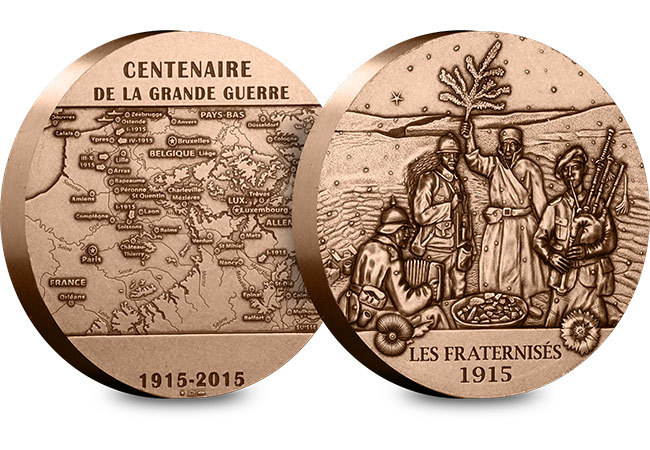
The French Mint, La Monnaie de Paris, have issued a medal to pay tribute to the soldiers of the First World War.
The artistic masterpiece features a design that represents the Christmas Truce – showing a scene of rare peace and goodwill between enemy soldiers in the trenches.
The Christmas Truce was a series of widespread but unofficial ceasefires along the Western Front around Christmas 1914. In the week leading up to the holiday, German and British soldiers crossed trenches to exchange seasonal greetings and talk.
Roughly 100,000 British and German troops were involved in the unofficial cessations of hostility along the Western Front.
The Snowman and the Snowdog:

Everyone is familiar with the magical Christmas story of The Snowman and The Snowdog. Last year, the Isle of Man issued a crown-sized coin featuring the loveable characters from the 2012 sequel film to Raymond Briggs classic story.
The Snowman and The Snowdog is a 2012 animated short film. It is the sequel to The Snowman, and was created to mark the 30th anniversary of the original short film. The Snowman and The Snowdog is dedicated to John Coates, the film’s producer, who died in September 2012.
If you fancy adding a Christmas coin to your collection, or perhaps as a gift, we have just 24 star-shaped Christmas Coins available.
The world’s FIRST EVER rotating coin has arrived…
New Zealand have announced an exciting new coin – not only does it celebrate the record-breaking reign of Her Majesty Queen Elizabeth II but it is also the world’s first ever rotating coin…
Take a look at our video below where Bill goes into a little more detail about this unique spinning coin.
 If you would like to own one of these rotating coins, we have managed to get hold of 170 for UK collectors.
If you would like to own one of these rotating coins, we have managed to get hold of 170 for UK collectors.
Numismatic ‘firsts’ like this are always sought-after and the whole edition limit of 2,015 has been fully allocated worldwide.
***NOW SOLD OUT***

